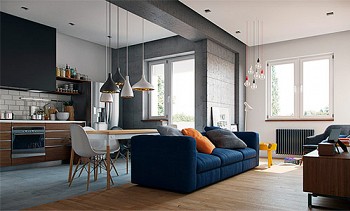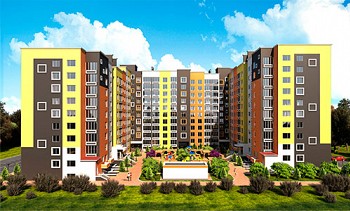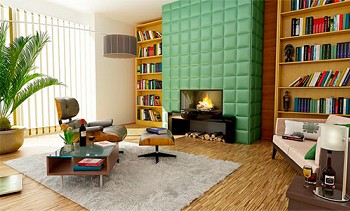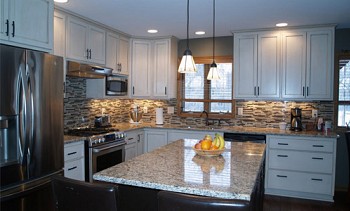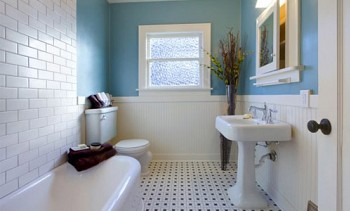The sequence of apartment renovation - a guide to action
In this article we will consider the sequence of apartment renovation and provide some guidance on the action, which will become much easier to work with. If you decide to start a repair in the apartment, then a lot of questions will arise even before it starts. Everyone knows that in any business it is better to determine a clear sequence of actions than to rush from one to the other, try to manage everything, waste your nerves and time to correct your own mistakes.
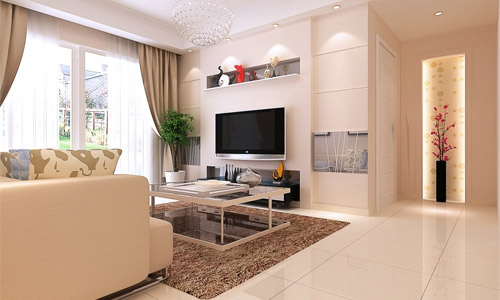
Repair Planning and Preparatory Work
Before you begin preparing for the repair, you need to clearly decide what exactly you want to change. It can be a cosmetic repair - wallpapering, linoleum replacement, ceiling renewal. Or you need major repairs with alignment of walls, replacement of doors and windows, redevelopment or repair of the floor. The sequence of work during the repair of the apartment, as well as the need to attract certain specialists and the corresponding financial costs will depend on this
It is necessary to consider the layout and design of the room to the smallest detail. You must decide what kind of ceiling will be, its material and design, whether you will glue the wallpaper or leave the walls to be painted, where to place the switches and sockets, which lamps to install and in what quantity, what the floor covering will be. Take a sheet of paper and write down each item in detail.
This will be an indicative plan of action during the repair. Think about how you arrange your furniture after finishing work. After all, this too can play a role in the design nuances of finishing work.
It is worth considering in advance where you can move during the repair process and where you can move bulky furniture and interior elements that will interfere with work. If there is no place to store furniture, then you should transfer it to one of the rooms, lay it as compactly as possible and carefully pack it with stretch film.
At the same time, repair work begins in other rooms. Then the furniture is transported to one of the finished premises, and the necessary work is carried out in the vacant room.
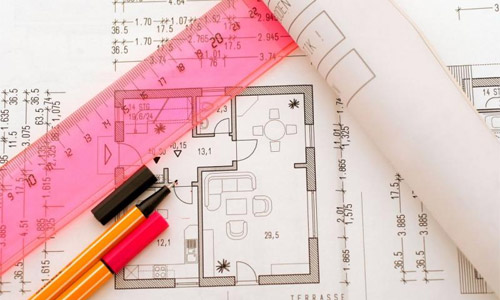
Photo - brooklynhomeexperts.com
Removing unnecessary items
The next step in the repair procedure of the apartment is the dismantling of old elements. For cosmetic repairs, this can simply be the removal of old wallpaper, the removal of a layer of linoleum. In more complex cases, at the stage of dismantling, the partitions are removed, the places of the door frames are changed, special niches are created in the walls, etc. It is important not to throw away all old materials at once. Many of them are still sure to come in handy. You will always have time to do this after the repair is completed.
In old apartments, it may be necessary to remove unnecessary partitions and old coatings. If you do not plan to change the gender as a whole, then you need to update it properly. First you need to evaluate how much it needs repair and insulation.
And then carry out the processing with modern materials, it may even be necessary to replace some deteriorated elements. Before the repair is completed, the floor should be covered with sheets of cardboard or construction film to avoid damage.
Repair and laying of communications
After dismantling, the next stage is suitable - repair of the communications system. This is the best time to replace radiators, install hoods and air conditioners, and renew wiring. A communications plan should be carefully prepared during planning.
Note! If it is planned to build new partitions, it must be completed before laying the communications, so that later you do not have to break anything and redo it again.
If the walls are hollow, then the electrical wiring is usually laid in the frame. For a full-bodied wall design, make strobes in which the wires are hidden. The same goes for pipes. If it is possible to remove them into the wall, then it is better to do so. The installation of switches and sockets can be done after all finishing work. So they can keep a neat and clean appearance.
Note. In the toilet and bathroom, the walls are first aligned and tiles are laid, and only after that is the plumbing installed.
The sequence of decoration of various parts of the room
1. All decoration is made from top to bottom: ceiling - walls - floor. It is this sequence of work that ensures that the already repaired parts of the room do not suffer during the installation of the rest.
2. However, if there is a need for a floor screed for leveling, repair begins from this stage. For this, you can use the usual cement-sand mixture for masonry. This method is quite economical. But if possible, it is better to install using self-leveling self-leveling floors. They, of course, are more expensive, but the result will justify the money spent. They dry out already on the 15th day after pouring. If you decide to install a "warm floor" system, you need to do this at the screed stage.
3. Plaster is used to level the walls. Depending on their condition, one or more layers may be required. The duration of this stage and, accordingly, the total duration of the repair will depend on this.
4. After plastering, you can proceed to the final part - puttying of surfaces. All irregularities, traces in the places of installation of communications are very carefully and thoroughly putty. Final preparation for finishing is being carried out. It is very important to choose a good primer. This will help to avoid problems with puttying and painting. The degree of adhesion of the paint or putty to the prepared substrate depends on the quality of the primer.
5. At the next stage, you can make the flooring of the finish floor covering of a laminate, parquet or linoleum.
6. Next, we install doors and door frames. So that the door in the next stages is not damaged, it can be removed or covered with a film. At the same time, it is not necessary to fix the platbands on the door at this stage.
7. After that, you can proceed to wallpapering the walls.
8. After all this, install skirting boards, decorative elements and accessories, switches and sockets, platbands, hang doors and fasten platbands.
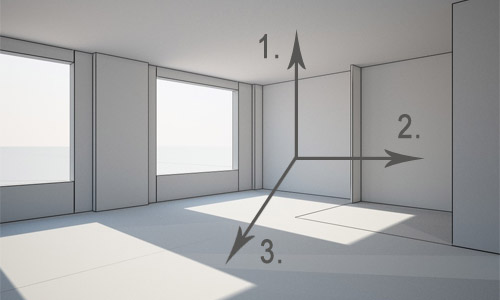
The procedure for the repair of individual parts of the room.
The sequence of repair of individual premises of the apartment
It is recommended to start the repair from the rooms farthest from the front door. This will avoid dirt and debris in the already repaired room. This is especially important if the room is walk-through, for example, a living room. The corridor is being repaired at the very least, as building materials, rubbish and other items that can damage newly repaired walls, floors or ceilings are most often worn through it.
When the repair of the next room is finished, the door to this room should be tightly closed and hanged with construction cellophane film. This will help prevent paint, plaster, dust and dirt from getting onto clean clean materials that have just been installed.
Video. Procedure for repair work


